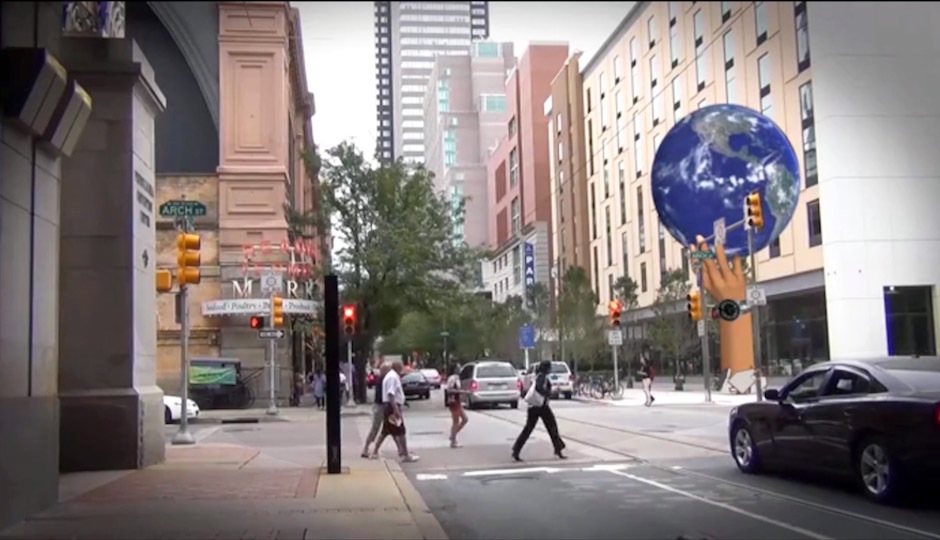Philly Council OKs Massive 3-D Billboards in Center City
Philadelphia City Council passed legislation Thursday to allow large-size digital billboards in a part of Center City near the Reading Terminal Market and Convention Center.
Critics of the ads — known as “urban experiential displays” — said they would be unsightly and lower the value of nearby properties.
“We’re not talking kiosks,” said Kiki Bolender, chairwoman of the Design Advocacy Group of Philadelphia. “We’re talking about the house next door lit up like a billboard on I-95.”
Others said the city would lack sufficient oversight of the ads under the proposal. In the original version of the legislation, which Councilman Mark Squilla sponsored, an advertising firm would need to win approval from the planning commission before obtaining a zoning permit for a “UED” display. Squilla scrapped that rule in the final version of the legislation.
“They removed the planning commission’s oversight and approval, and I think that’s really an important process in the city,” said Mary Tracy, director of the anti-billboard group Scenic Philadelphia. “It enables public comment and it certainly enables the planning [commission], who are in charge of the land use in this city, to really look at things carefully.”
Supporters of the 3-D billboards said they would generate revenue for the city, attract tourists to the area, and help local nonprofits through a special agreement. Catalyst Outdoors, an advertising firm that wants to put up two billboards in the area near the Convention Center and Reading Terminal Market, has agreed to pay more than $5 million for each ad to Avenue Renaissance North, Friends of Rail Park, and Reading Terminal Market.
“I believe that the investments being made in the local not-for-profits near these installations is a powerful game-changer for each one of those organizations,” said Paul Beideman, president of the Avenue of the Arts.
The proposal consisted of two bills: one which says where Catalyst’s proposed ads could be erected, and which dictates the role of the planning and art commissions, and another that spells out the licensing and permitting processes for UEDs generally.
The first bill passed 13-3, with Council members Blondell Reynolds Brown, Kenyatta Johnson and W. Wilson Goode, Jr. voting against it. The second piece of legislation passed 15-1, with Johnson as the lone “nay” vote.
Brown said she voted against the proposal because it didn’t provide adequate oversight of the ads.
“This is new, uncharted waters. We need to get it right,” said Brown. “The planning commission has some say, but it’s been diminished.”
Squilla said the bills were written with the input of many stakeholders.
“We actually listened to both sides,” he said. “Even the people who are ideologically opposed to advertising … actually had input into the legislation.”
• Previous coverage of UEDs [Property]



